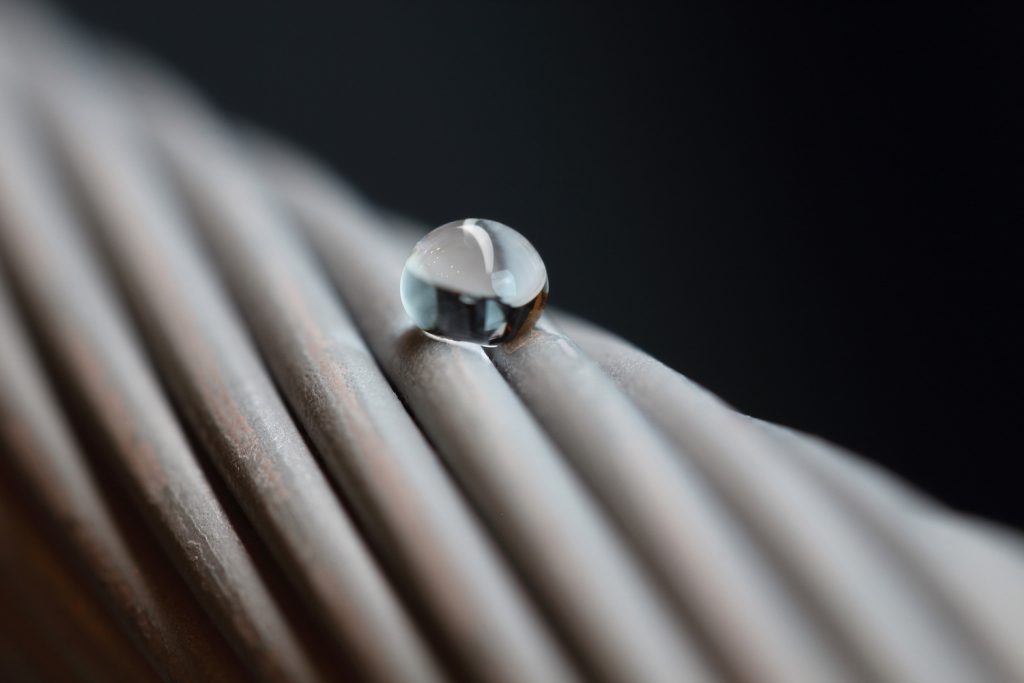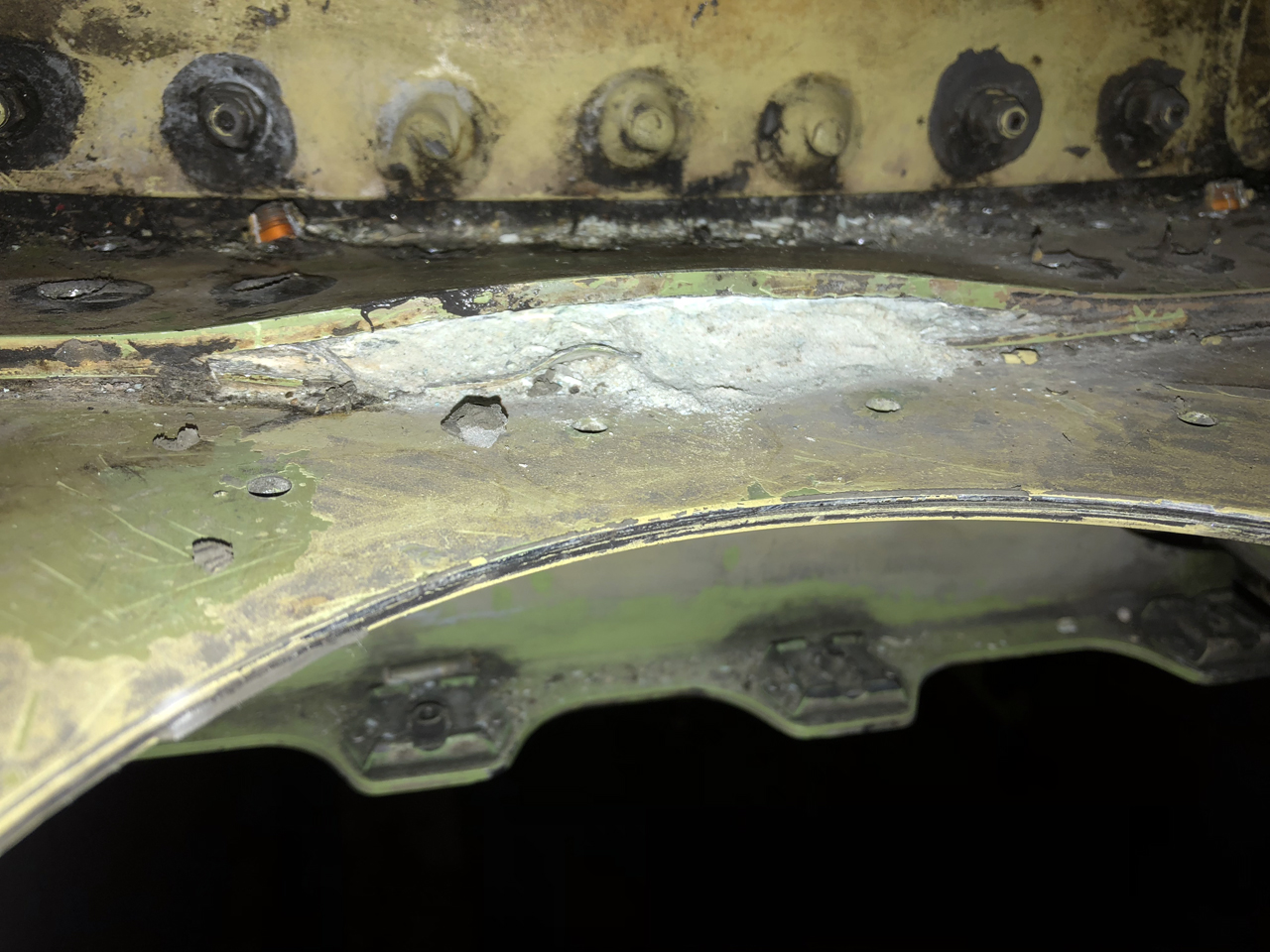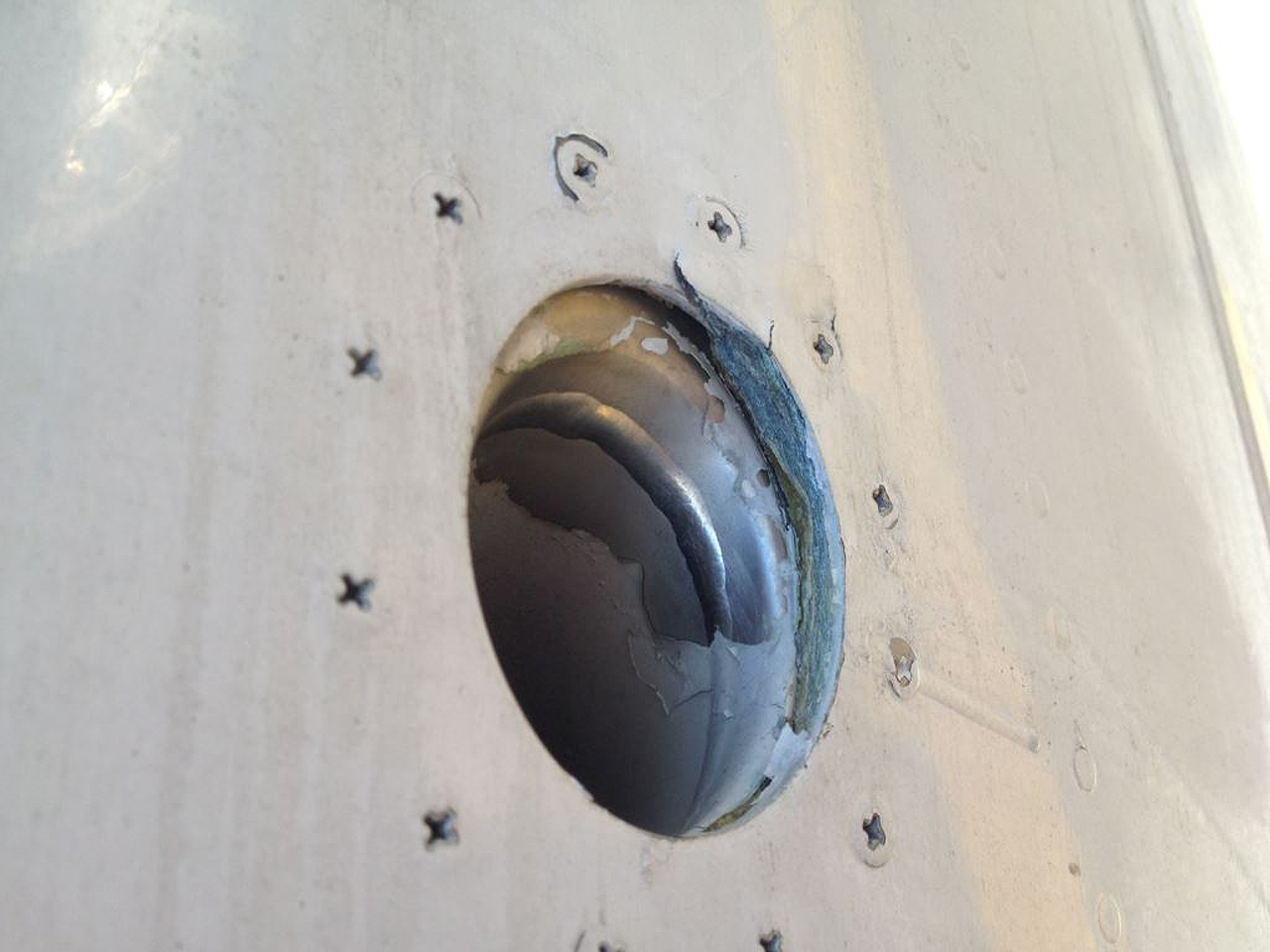Corrosion Protection
AeroPel APW100, 200, and 300 Series NPL deliver exceptional omniphobic surface to protect against corrosion for metallic airframe structures and components including MIC for fuel tanks, while reducing surface friction to improve airflow in ECS ducting, and more.
Extreme Stability
AeroPel NPL is stable and functional in extreme environments, up to 400° Fahrenheit (204°C) and under extreme UV exposure levels. It is also extremely safe and easy to apply.
Ice Protection
AeroPel APC200 and APC400 Series NPL are under development to offer superhydrophobic surfaces that limit ice nucleation and reduce ice adhesion strength by orders of magnitude below other available treatments.
Corrosion: One of the greatest challenges in aircraft readiness
Airframe and ground equipment corrosion, and the efforts to maintain a robust corrosion prevention and control program, can be a significant and hidden cost while also affecting aircraft availability/mission readiness. While advancements have been made, multiple protective measures can still fail sequentially over time allowing corrosion to occur. AeroPel NPL offers the aviation industry a 21st century solution to turn corrosion into history!
Ice Protection
Unprecedented superhydrophobic surfaces to limit ice nucleation
AeroPel NPL Ice Protection Series

AeroPel’s next stop is development of the icephobic APC Series of surface treatments. Icephobic variants will offer:
Water droplet contact angles >160° (compared to approximately 80° on bare substrate)
Receding angles of water droplet >130° (compared to approximately 60° on bare substrate)
Roll off angles <10°
Ice adhesion strength of 0.71 psi (5.1 kPa) compared to bare substrate which is > 174 psi (1200 kPa)
AeroPel APC NPL is undergoing extensive testing specifically for the aviation industry: AeroPel APC was tested by the Air Force Research Laboratory and US Army Corps of Engineers Cold Region Research and Engineering Laboratory (CRREL). The US Army CRREL called AeroPel NPL “the best icephobic coating (they had) ever tested”.
AeroPel APC is Being Developed to Mitigate Aircraft Icing
AeroPel APC Ice Protection Series are being developed to create superhydrophobic surfaces to limit ice nucleation and significantly reduce ice adhesion strength
AeroPel Products
AeroPel NPL Variants and Application Types
NPL variant families include:
Airframe Protection Series
ECS Protection & Enhancement Series
Fuel Tank Protection Series
Ice Protection Series
Coating demonstrations
Oceanit’s nanocomposite surface treatments impart valuable attributes such as hydrophobicity, oleophobicity, ice & deposition repellency, corrosion & erosion prevention, and bio-growth release.
Get in touch
If you have any questions about AeroPel, please send us a message using the form to the right.
To learn more about any of Oceanit’s other functional coatings & surface treatments, or our any of our other products, please visit Oceanit’s corporate website.
Get in touch
If you have any questions about EverPel, please send us a message using the form to the right.
To learn more about any of Oceanit’s other functional coatings & surface treatments, or our any of our other products, please visit Oceanit’s corporate website.




